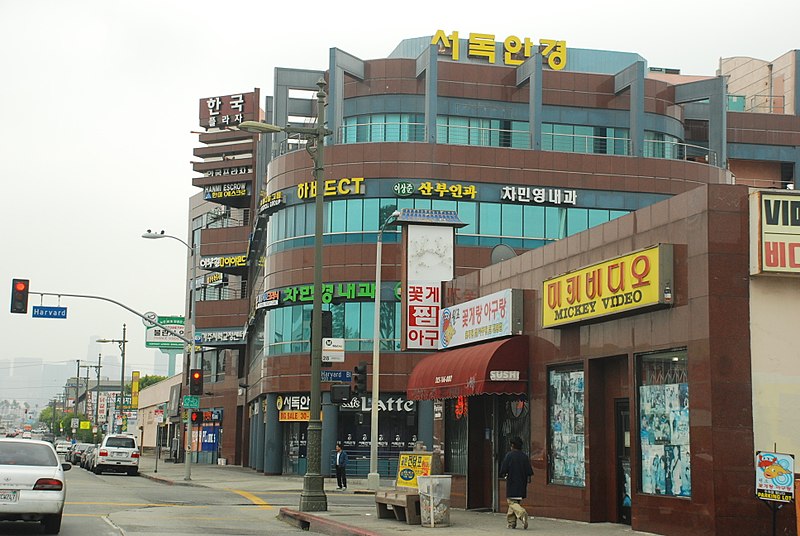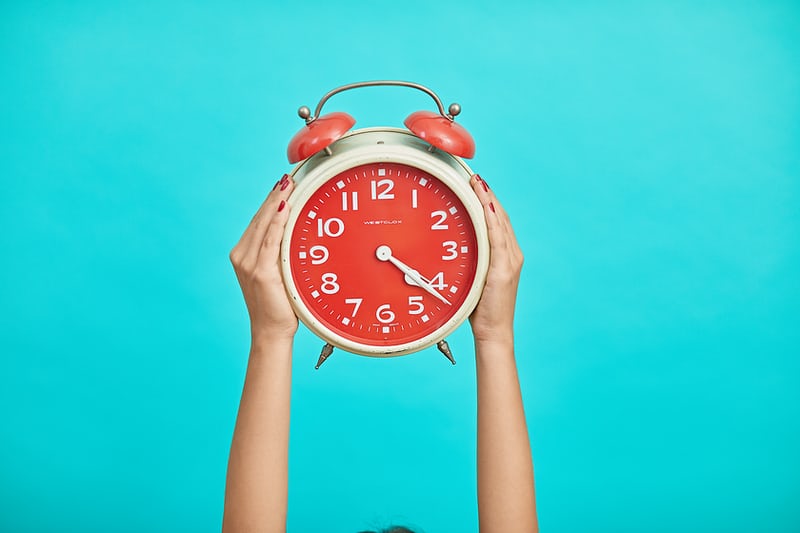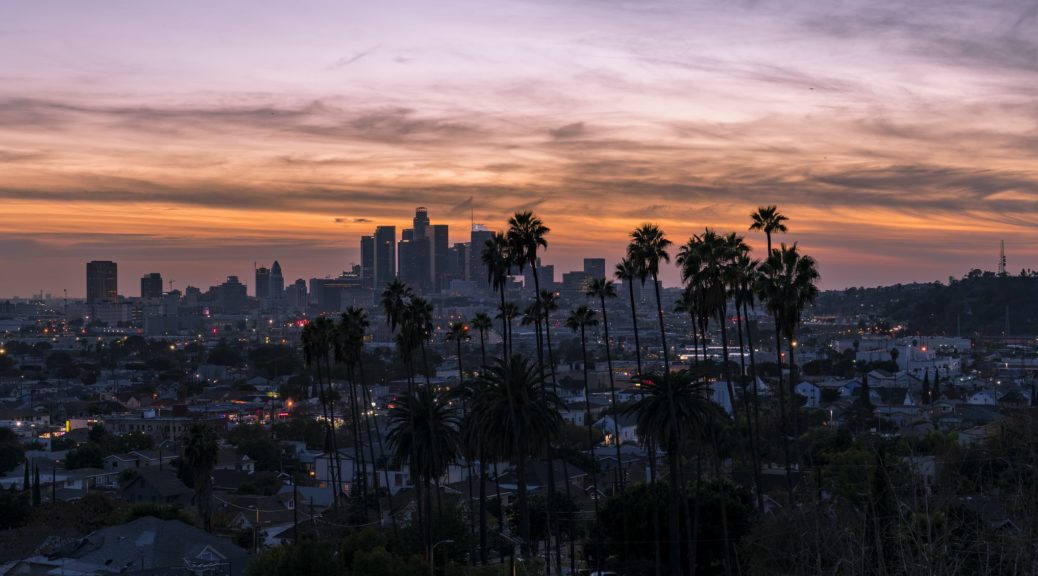Throughout middle school and high school, if someone asked about my cultural heritage, I always said, “I’m more American than Korean.”
Korean American. That single space between Korean and American divides this compound word in half. Obviously, nationality and ethnicity aren’t as distinctly partitioned. But language is a tricky thing, and English had fooled me into thinking that I could develop only one half of my cultural identity without missing the other.
I’m a second-generation Korean American, but I grew up speaking English, and only English. I’m from a small suburban town half an hour’s drive from Seattle. In high school, I knew of maybe three or four other Korean kids, but I didn’t know them on a personal level. My Koreatown was the H Mart (the local supermarket) in Bellevue, the only place outside of our own house where I could eat jjamppong and jajangmyeon and practically the only place where we could buy them.

My brother and cousin don’t speak Korean either. On New Year’s, when our family meets up for mandu-guk, our parents would have conversations with our grandmother that we couldn’t understand. Sometimes our names came up. We accused them of gossip and laughed about it. Then we grasped for words in the common language between frustration and loneliness: two lands in which we are not outsiders.

Los Angeles is different. Los Angeles has the largest population of Korean Americans in the country, and Koreatown is the most densely populated district in Los Angeles county. In a world like this, Korean Americans are Korean American, and that single space between the two words is not a divider, but a connector. Identity is intrinsic to life and vice-versa. Language and culture bond people together in ways I didn’t understand until I came to LA, walked down a city block, and saw what I couldn’t be a part of because I had spent so much time disregarding my Korean identity.




